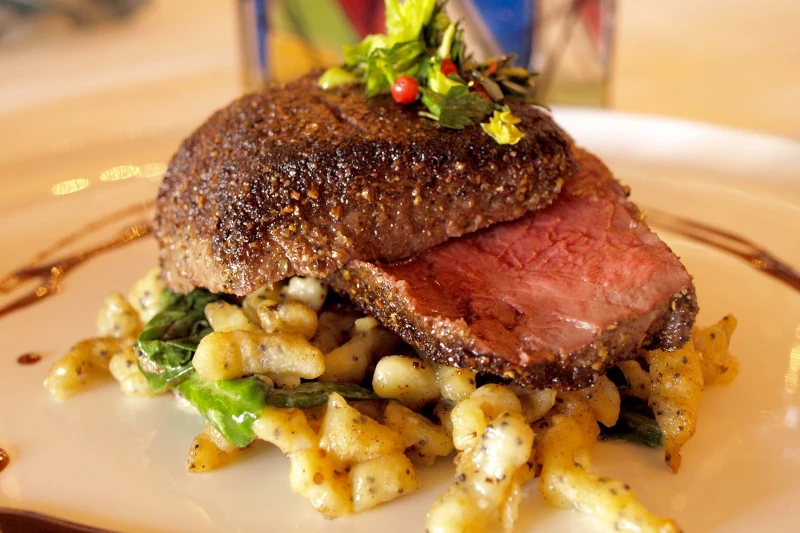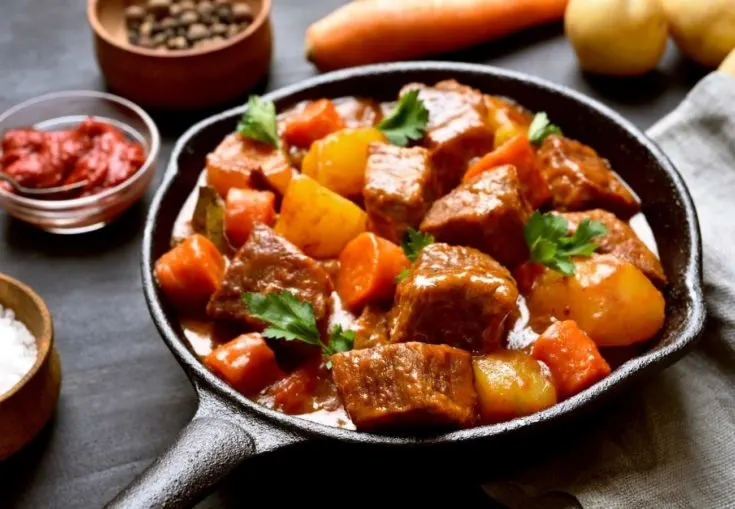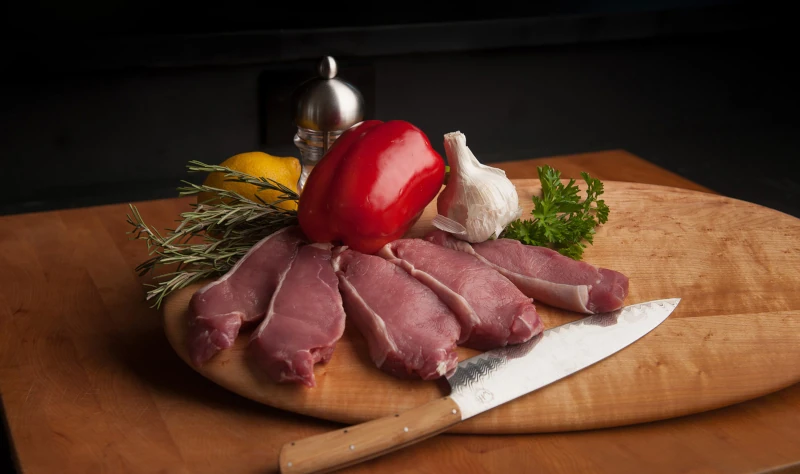Often, when people think of alpacas, it’s their soft, warm wool that comes to mind. However, in the high Andean regions, alpacas have another significant use: a source of rich, flavorful meat. This article will explore the unique qualities and culinary uses of this distinct Andean protein.
Though not as internationally known as beef or pork, alpaca meat is integral to Andean cuisine. It’s known for its tenderness and unique taste, a result of the animals’ diet and high-altitude lifestyle. As we journey through the cultural and gastronomic aspects of this Andean delicacy, you’ll gain a deeper appreciation for this less-known protein source.
An andean Culinary Delight: The Versatility and Nutritional Benefits of Alpaca Meat
Known for its tender, slightly sweet flavor, alpaca meat is a versatile ingredient in Andean cuisine. This protein, alongside Andean trout, forms the cornerstone of traditional Andean dishes. From roasts to stews, this meat takes on various forms in these rich, comforting meals.
Interestingly, the meat holds strong nutritional benefits. It’s leaner than other red meats, with lower cholesterol and higher protein levels. This healthier profile makes it a popular choice for health-conscious diners and chefs.
Preserving traditions is integral to Andean culture. In this context, alpaca meat plays a significant role. The process of preparing alpaca meat, from butchering to cooking, carries deep cultural significance.
Yet, the use of this meat isn’t confined to traditional meals. Chefs are experimenting with new culinary approaches. Fusion cuisine, for instance, combines traditional Andean ingredients, like alpaca meat, with global flavors.
Respecting tradition while innovating is a delicate balance. But with alpaca meat, chefs have a unique opportunity. This versatile protein adapts well to various cooking methods and flavors.
Innovation extends beyond the kitchen. Producers are finding sustainable ways to raise alpacas for meat. This ensures a future for alpaca meat, preserving this cultural food source for generations.
Alpaca meat’s popularity is growing, extending beyond the Andean region. As more people discover its culinary and nutritional benefits, demand increases. This global interest helps sustain Andean communities reliant on farming.
Whether you’re seeking a unique culinary experience or a healthier red meat alternative, consider alpaca meat. It’s more than just an Andean delicacy—it’s a tradition, a livelihood, and a symbol of Andean resilience. If you’re traveling in the Andean region, don’t miss the chance to savor this exceptional protein.

Cooking with Alpaca: Delectable Recipes Showcasing the Rich Flavors of this Unique Protein
Cooking with alpaca meat presents an exciting challenge for food enthusiasts. The unique flavor offers a distinct culinary experience. This protein lends itself well to a range of delectable recipes.
Alpaca meat’s versatile nature lets chefs experiment with various cuisines. From hearty stews to delicate carpaccios, this meat stars in a multitude of dishes. Its unique taste enhances the flavors of each recipe it graces.
Our culinary heritage plays a vital role in recipe creation. Traditional recipes have used alpaca meat for centuries. These dishes showcase the rich, historical flavors of the Andes.
Modern culinary trends also influence alpaca recipes. For instance, fusion cuisine pairs alpaca meat with global flavors. This innovative approach creates a culinary dialogue between cultures.
Interestingly, alpaca meat’s versatility extends beyond meat-centric dishes. As a contrast to vegetarian cuisine, chefs are creating plant-based dishes using alpaca meat for flavor. This approach bridges dietary preferences, broadening alpaca meat’s appeal.
Regardless of the recipe, the preparation remains crucial. It’s essential to treat this protein with respect, highlighting its unique flavors. This ensures that the resulting dish pays homage to this Andean protein.
Alpaca meat’s low-fat profile also makes it an excellent choice for health-conscious recipes. Paired with fresh vegetables and whole grains, this meat can form a balanced, nutritious meal. Its unique flavor adds depth and richness to these dishes.
Cooking with this meat isn’t just about creating delicious dishes. It’s a celebration of the Andean culinary heritage, shared with the world through each recipe. So, when you choose to cook with alpaca meat, you’re not just making a meal, you’re continuing a tradition.

Alpaca Meat on the Global Stage: The Growing Popularity and International Appeal
Alpaca meat’s popularity on the global stage is growing rapidly. Its unique flavor and nutritional benefits have attracted attention worldwide. Chefs from various cuisines now regularly feature alpaca meat in their dishes.
This rise in popularity isn’t surprising. This meat pairs well with a variety of flavors, from spicy to sweet. It’s versatile enough to blend seamlessly into diverse cuisines.
A significant factor contributing to this surge is awareness. More people are learning about the distinct qualities the meat. International food shows and culinary festivals are showcasing this unique Andean protein.
Complementing this trend are traditional Peruvian beverages. They perfectly match the unique flavor profile of alpaca meat. This pairing enhances the overall culinary experience, making it more appealing to global palates.
Sustainability also plays a role in alpaca meat’s international appeal. The low-impact farming methods for alpacas appeal to the environmentally-conscious consumer.
As alpaca meat gains popularity, restaurants worldwide are including it in their menus. From high-end establishments to street food stalls, its is everywhere. It’s clear that the international culinary scene is embracing this Andean protein.
With global recognition, alpaca meat’s unique flavor is leaving its mark on world cuisine. The future holds even greater potential for this sustainable, versatile protein. It’s an exciting time for all who enjoy and champion this meat.




